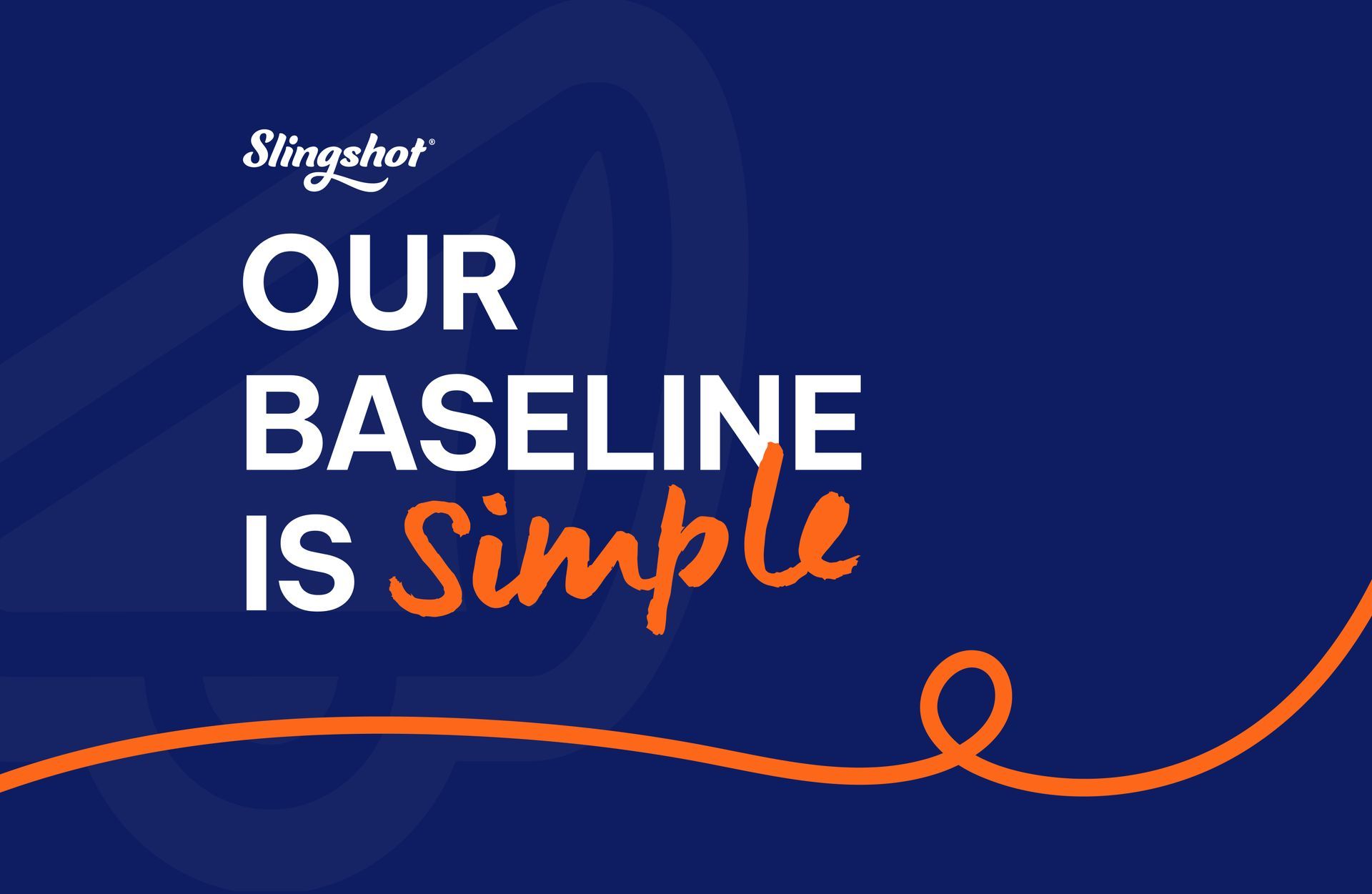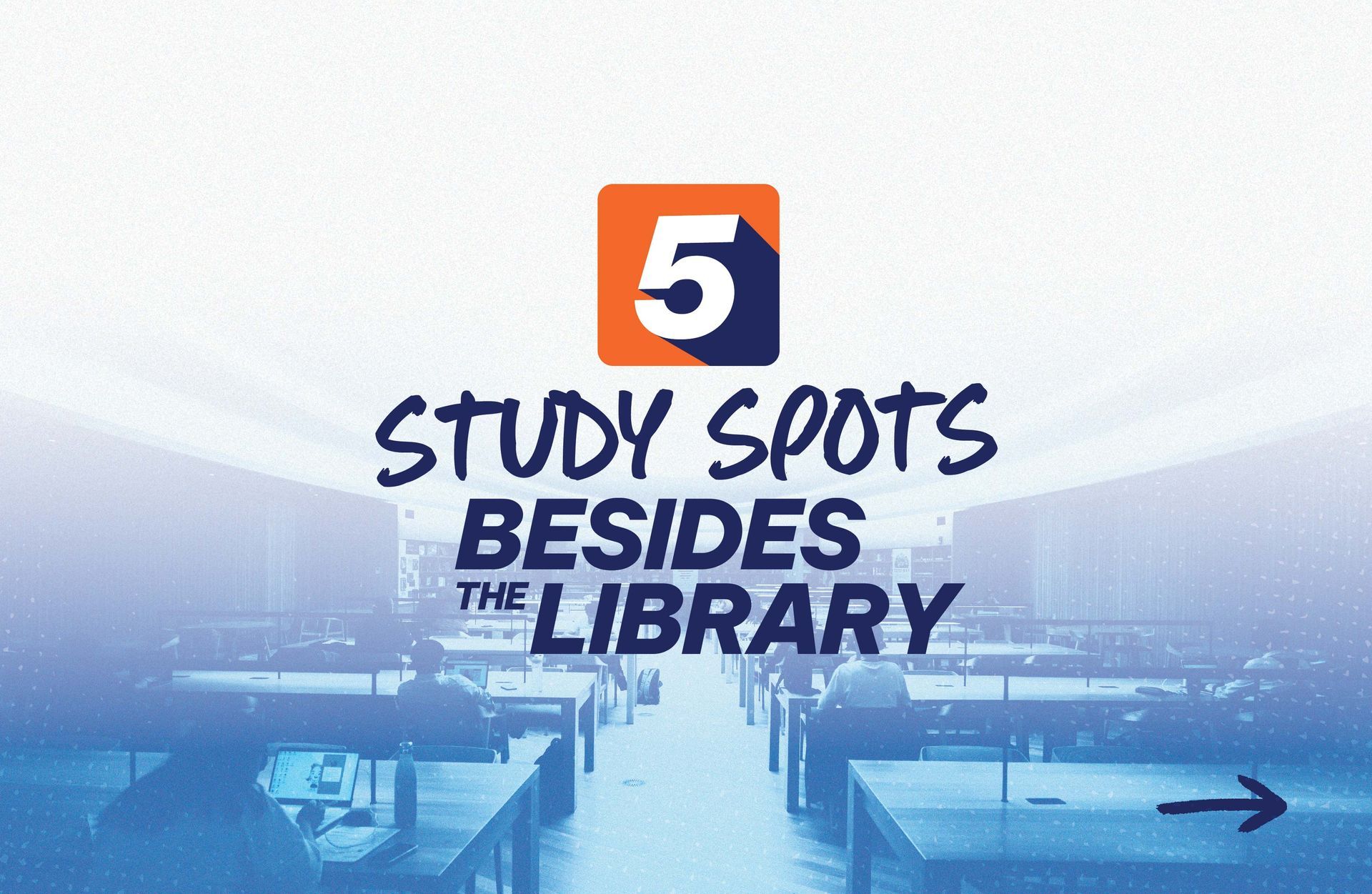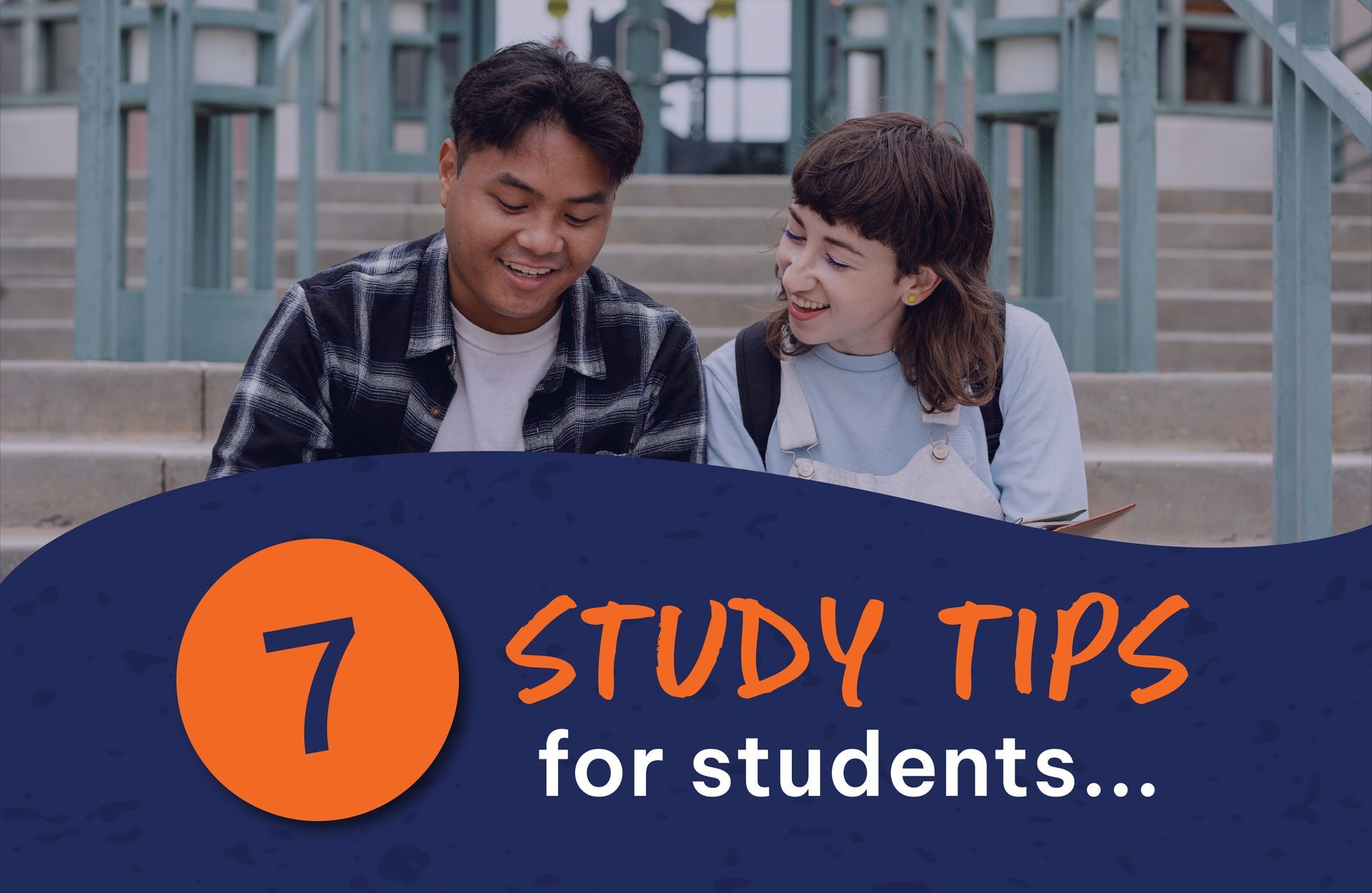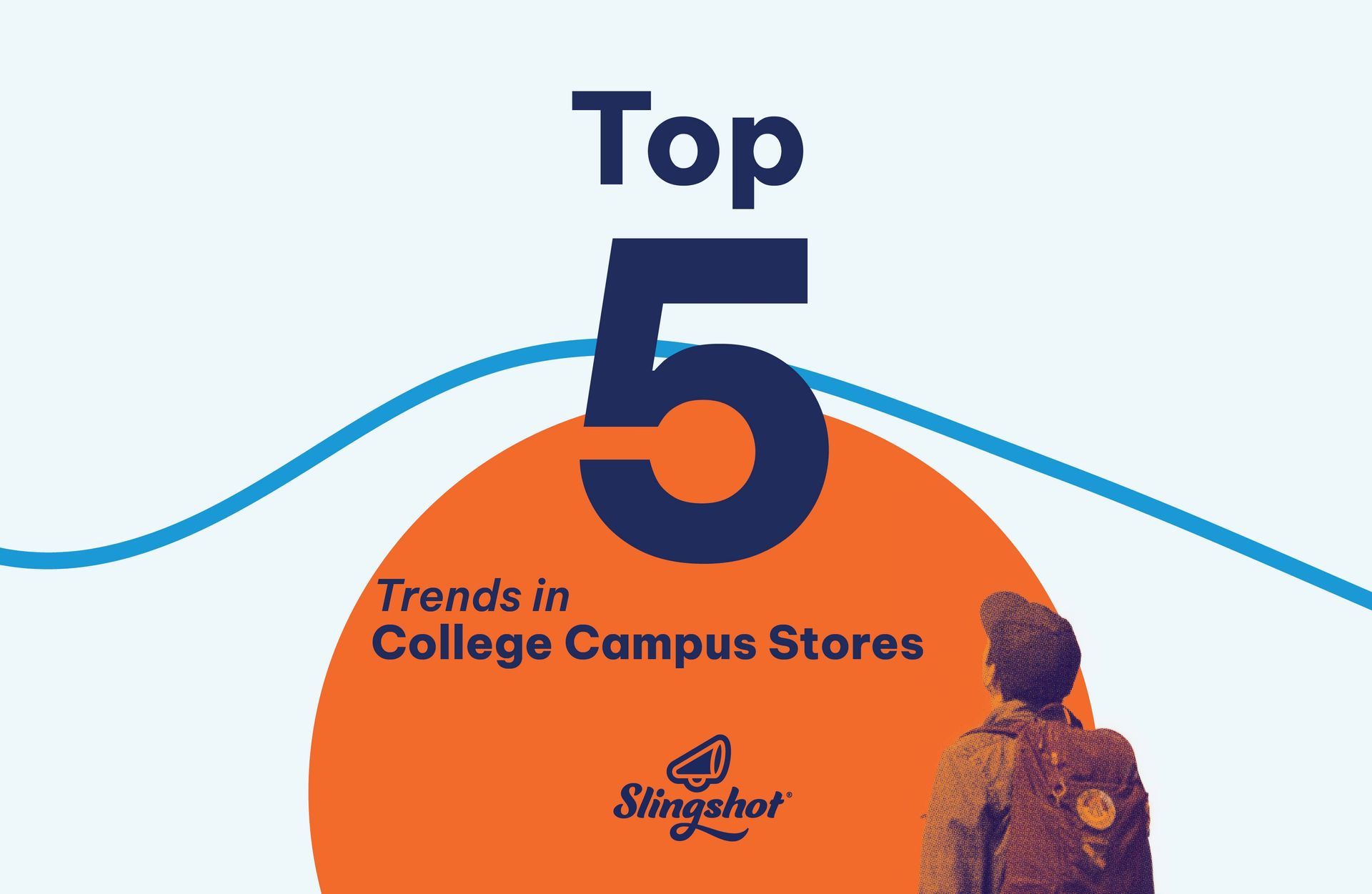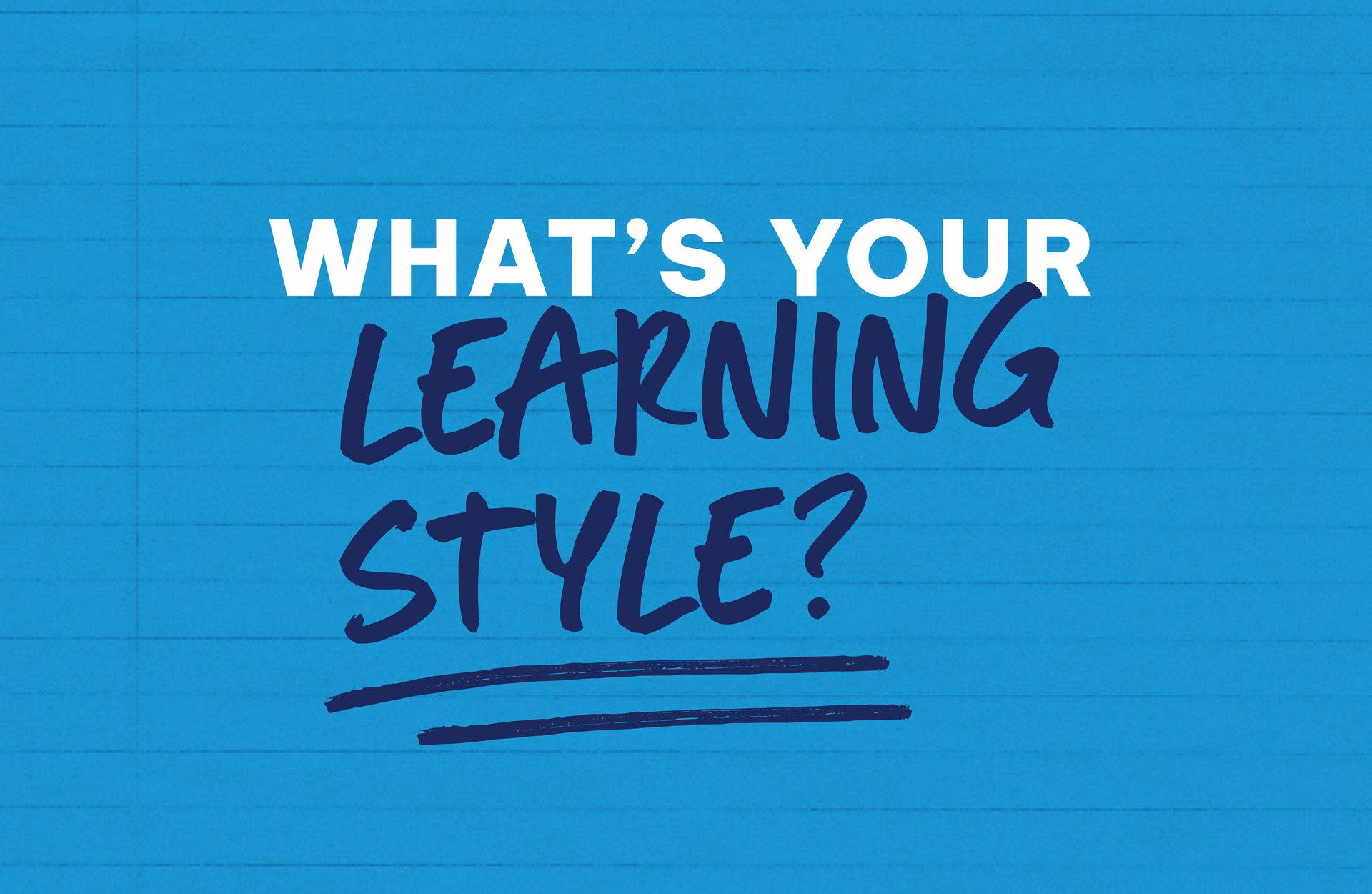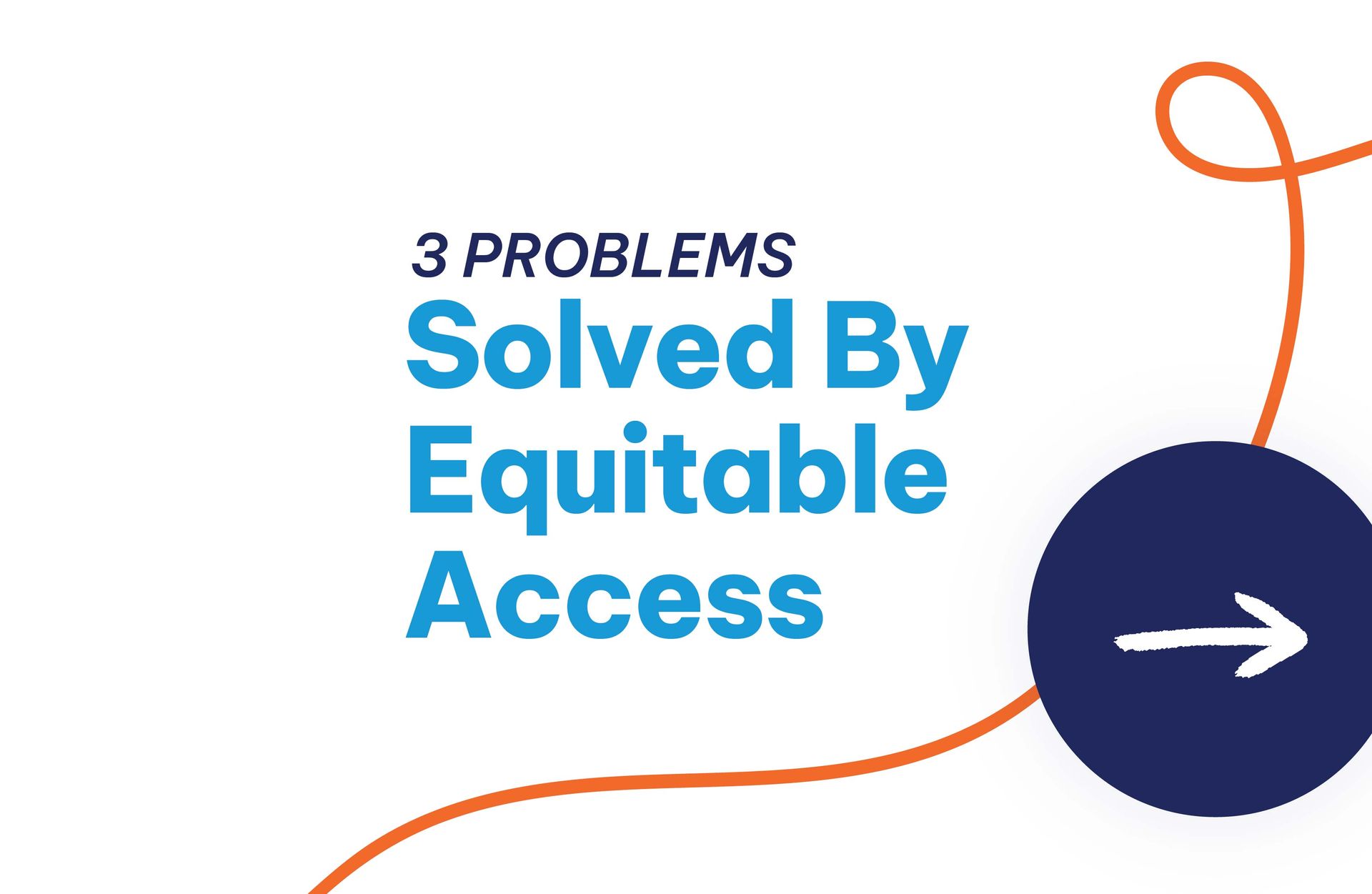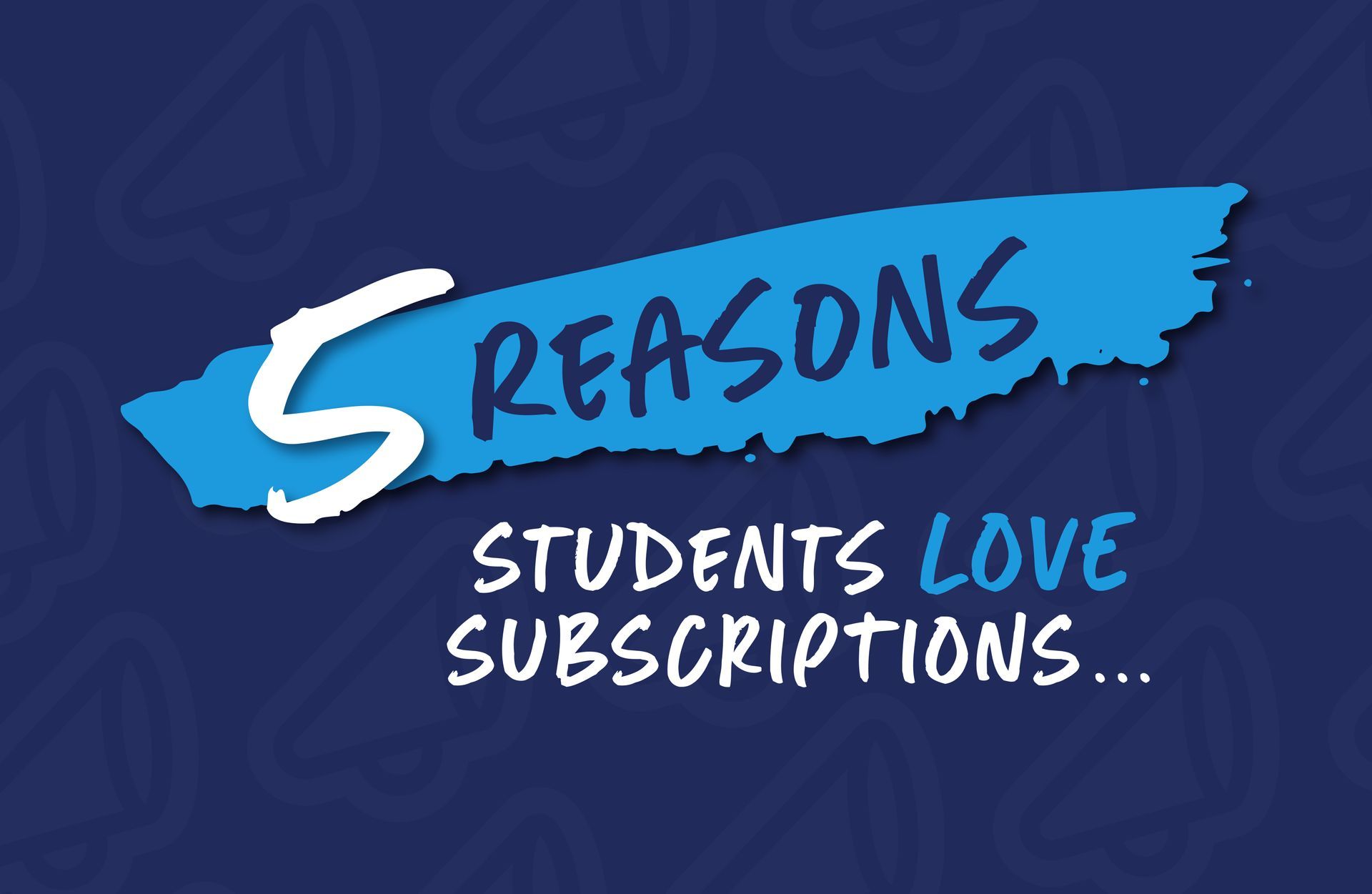From Used Books to Equitable Access for All: Breaking Down the Various Models of Course Materials
USED MATERIALS > RENTALS > IA > EA
Like other aspects of higher education, course materials are currently evolving. From the way students acquire their materials to the unique ways they can interact with those materials, cultural shifts and cost concerns are powering these changes.
Leaders across higher education are searching for ways to innovate course materials. This helps to attract new students, minimize financial hardship, and increase a student’s chances of graduating and becoming a successful professional. College affordability has become an even larger concern throughout the COVID-19 pandemic as the media spotlight has highlighted student debt, repayment, and forgiveness.
What we know is the average student debt for a 2020 bachelor’s graduate is around $30,000, with an average total student loan debt-to-income ratio (DTI) of 54.6% for recent graduates. With four-year students at both public and private institutions spending on average $1,240 per year on course materials, that means a student who graduates on time could spend almost $5,000 on average—maybe more if prices inflate further—by the end of their four-year program. That’s 16% of the average student debt load that could be attributed to course materials.
So why is affordability important? Having affordable course materials means:
- You can offer an additional selling point to prospective students,
- Graduates and non-completers alike are financially healthier in repayment,
- Students have access to the same majors, materials, and tools, and
- Student retention and student experiences are improved.
In order to better understand the evolution and financial impact of course materials, we have broken down the various models available to institutions today, including their effectiveness, benefits, and pain points.
LEVEL 1: USED MATERIALS
Perhaps the oldest trick for saving money is to default to used books. The campus store can offer both new and used options in the faculty’s preferred edition. Students can also seek out the lowest price on their own from multiple online sellers.
Benefits:
Used materials are available at a lower cost than new materials with access to the same content.
Pain points:
Used materials typically need to be sourced and purchased by the student, adding additional stress. Some institutions may adopt special editions or materials with supplemental content that may not be available as a used book. Students in certain majors may pay a higher price for their materials, even in a used format. In addition, the availability of used books in the open market is shrinking.
Effectiveness:
Often the least effective option for cost savings and academic success.
LEVEL 2: RENTALS
Rentals are available both through the campus store and some online providers. Students often pay a lower price for rentals, and all rented materials must be returned at the end of the term. Students must visit their campus store in the beginning and end of each term to rent and return physical items.
Benefits:
Rentals are an environmentally friendly option and offer additional support for students (no sell back or finding places to store old books). It also has the potential to save money for students versus buying used or new.
Pain points:
There is a small window of time for students to pick up and return their rental books. Students often cannot keep their rented materials, which may or may not be desirable. Sometimes there are additional fees associated with any damages to rented physical materials.
Effectiveness:
Effective in offering cost savings and improved convenience to the student through handling by the campus store.
LEVEL 3: INCLUSIVE ACCESS
Inclusive access (IA) is a model of course materials delivery that fulfills and bills students automatically to their student account. Students typically cannot choose the format of materials they prefer (commonly IA is digital), but they do receive their materials by the first day of class. They can opt out of inclusive access, per Department of Education regulations, but then they are fully responsible for sourcing their own course materials.
Benefits:
Inclusive access reduces the burden of out-of-pocket costs related to course materials and lowers stress related to securing materials before class starts. It also lowers costs of the materials for the institution through bulk publisher discounts.
Pain points:
Some critics of IA say the costs of IA digital materials are not all that impressive, even though they usually beat the price of physical materials. The all-or-nothing setup does not offer flexibility. Digital materials essentially expire at the end of each term.
Effectiveness:
IA is more effective at offering cost savings through built-in costs covered by a student’s financial aid, as well as first-day access that sets learners up to engage in class immediately.
LEVEL 4: EQUITABLE ACCESS
Equitable access (EA) is the newest addition to higher education. Similar to IA, EA offers first-day access to students with no out-of-pocket expenses related to course materials. However, with EA the fees can be included in the cost of tuition or charged at one flat rate to the student account regardless of the student’s area of study. Students also have the power to choose their preferred format of course materials or opt out of the program.
Benefits:
EA levels the playing field for all students by charging one flat fee for all. It saves money for the majority of students, offers the power of choice, and ensures first-day access. Faculty also have academic freedom without restriction to certain publishers or formats.
Pain points:
EA is still new enough that it will require diligent communication in order to foster engagement and understanding. In a certain few cases, the flat fee may cost more than what a student might have paid by sourcing their own course materials; however, students can opt out of equitable access at any time.
Effectiveness:
Equitable access is the most effective course materials delivery format currently available for widespread savings and first-day access to materials.
If your institution wants to explore how it can innovate in course materials delivery and offer additional savings for students, visit
slingshotedu.com
to learn more.
1500 S Western Ave.
Marion, IN 46953
Contact Us
888.392.2930

